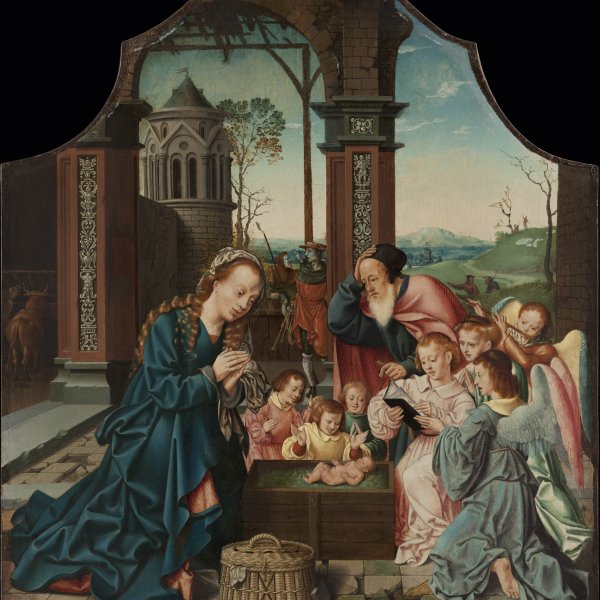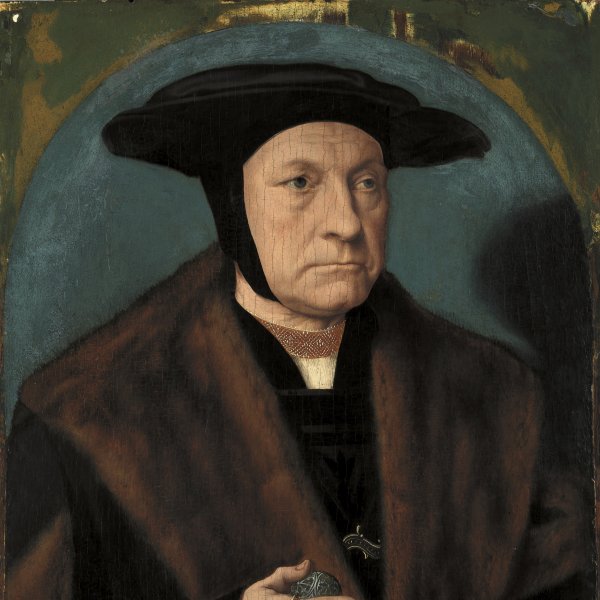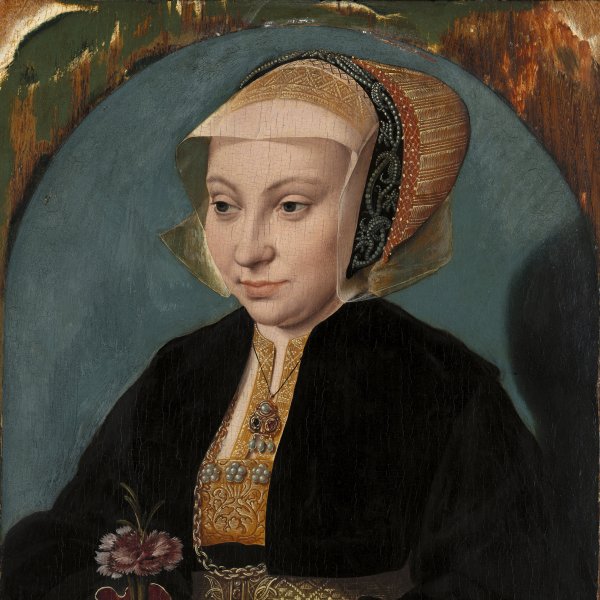Bartholomäus Bruyn the Elder
The date of Bartholomäus Bruyn’s birth is known from the inscription on a medallion by Friedrich Hagenaguer that features a portrait of the artist. This inscription refers to Bruyn as a painter from Cologne, the city where he was active from 1515 until his death. It has been suggested that he was born there, or alternatively in Wesel or Haarlem. The style of Bruyn’s first works is notably influenced by Jan Joest and Joos van Cleve, suggesting that he trained in the Lower Rhine area. In 1522 the artist received his first important commission: the decoration for the high altar of Essen cathedral. A few years later, in 1529, he was commissioned to paint the high altar of the church of Saint Victor in Xanten, with episodes from the lives of Saint Victor and Saint Helena. Bruyn’s most important contribution was, however, in the field of portraiture and he made Cologne an important centre for that genre, which had not previously enjoyed a tradition of portraiture. Bruyn’s expressive images, most of which depict members of the city’s patrician classes, focus on the faces but also pay attention to details of clothing, jewels and hairstyles. None of the artist’s portraits are signed and they have thus been attributed on the basis of stylistic similarities to the Essen and Xanten altarpieces, both of which include group portraits. Bruyn’s early portraits again reveal the influence of Joos van Cleve, but from 1539 it is clear that he had made a study of the work of Han Holbein the Younger. In addition to his activities as a painter Bruyn played a leading role in city affairs and occupied various positions in the Cologne City Council. His son, Bartholomäus Bruyn the Younger, followed his father’s footsteps and worked as his assistant at the end of his father’s life. On Bruyn’s death in 1555 his son took over the workshop.







